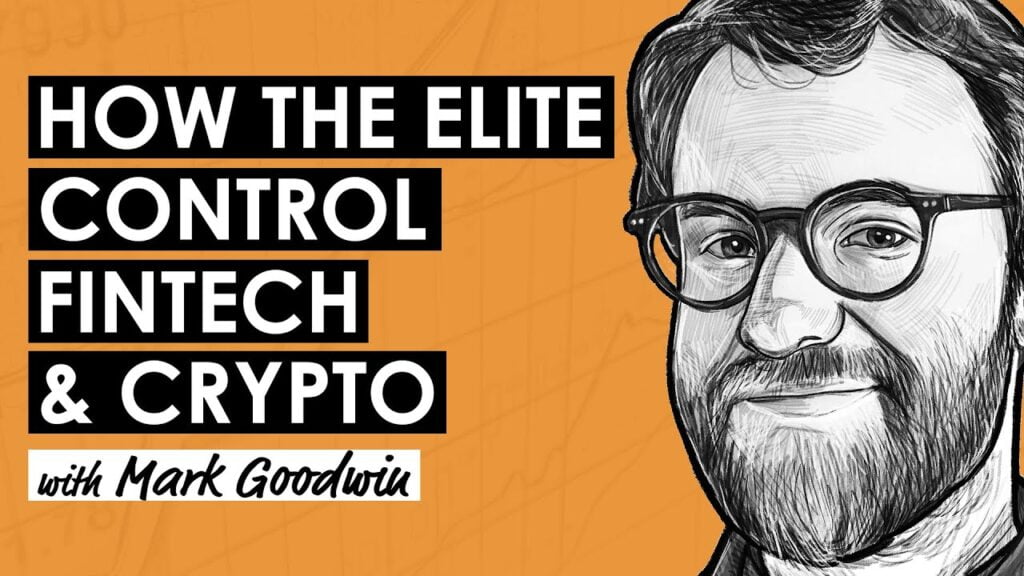Podcast Summary
In this episode of “On the Margin,” Quinn Thompson from Maple Finance joins the host to discuss the current state of the economy, the interplay between fiscal and monetary policy, and the impact of these factors on digital assets like Bitcoin. They delve into the concept of the “Fed put,” the role of the Treasury’s spending, and the potential implications of the end of the Reverse Repo Program. The conversation also covers the performance of Bitcoin and other cryptocurrencies, the correlation between gold and Bitcoin prices, and the volatility of cryptocurrency prices.
Key Takeaways
Understanding the Interplay of Fiscal and Monetary Policy
- Shift from Monetary to Fiscal Policy: Quinn Thompson highlights the transition from a monetary policy-dominated environment to one that is now influenced by fiscal policy. He suggests that the economy’s nominal growth peaks could be between 6-10%, with troughs potentially at previous peak levels due to persistent fiscal injections.
- Impact of Treasury’s Borrowing Report: The Treasury’s updated borrowing report in late October/early November signaled a reduction in borrowing and a shift towards short-dated T-bills. This led to a decrease in long-term interest rates and a subsequent spike in risk assets.
- Long-term Interest Rates: While there are longer-term tailwinds suggesting higher interest rates for an extended period, Thompson doubts that long-term rates will exceed 5% within the current cycle.
Bitcoin and Cryptocurrency Performance
- Bitcoin’s Recent Uptick: Despite a tough end to the previous year, Bitcoin has seen a recent uptick in market activity, surpassing $43,000 at the time of discussion.
- Correlation with Gold: The rising prices of gold, which hit an all-time high, and Bitcoin suggest that macroeconomic factors, particularly real interest rates, are influencing both assets.
- Bullish Stance on Bitcoin: Thompson expresses a bullish stance on Bitcoin since the end of summer and early fall, attributing this optimism to macroeconomic trends and the anticipation of a Bitcoin ETF.
Volatility of Cryptocurrency Prices
- Crypto as an Option Model: Due to its high volatility, crypto behaves similarly to an option model. Significant crypto events, like the Bitcoin halving, are not priced in until very close to the event because of the potential for large price swings in the interim.
- Reflexivity in Bitcoin: The concept of reflexivity in Bitcoin is highlighted, where higher Bitcoin prices can lead to increased buying from various actors like Michael Saylor’s MicroStrategy, which in turn can drive prices even higher.
- Return of Retail Investors: If retail investors return to the market to front-run a potential ETF approval, it could signal a market top and advises caution.
Diminishing Returns in Bitcoin Cycles
- Decline in Volatility and Peak Returns: As Bitcoin grows in size, the amount of liquidity needed for substantial price movements increases, leading to a natural decline in volatility and peak returns.
- Investment Flow Pattern: The historical pattern of investment flow from Bitcoin to Ethereum to riskier assets like Solana is discussed, with skepticism about Solana’s long-term performance despite its recent hype.
- Opportunities in Crypto Market: Despite diminishing returns being inevitable due to the law of large numbers, the crypto market still offers substantial opportunities, citing a previous cycle’s trough to peak growth of approximately 15x.
Impact of Inflation on Market Drawdowns
- Real Terms of Market Declines: With secular inflation tailwinds, assets like gold and Bitcoin could see increased upside volatility, suggesting macro tailwinds could present significant investment opportunities if timed correctly.
- Performance of Major Cryptocurrencies: The relative performance of major cryptocurrencies, including Bitcoin, Ethereum, and Solana, is discussed, with the guest predicting that Solana will continue to grow over the next two years, despite potential short-term fluctuations in its performance relative to Ethereum.
- Potential of NFTs: The guest argues that NFTs are under-owned and have potential for significant growth, highlighting the Pudgy Penguins NFT project as an example of a strong community and business model.
Sentiment Analysis
- Bullish: The guest expresses a bullish stance on Bitcoin, attributing this optimism to macroeconomic trends and the anticipation of a Bitcoin ETF. He also predicts that Solana will continue to grow over the next two years, despite potential short-term fluctuations in its performance relative to Ethereum. Furthermore, he argues that NFTs are under-owned and have potential for significant growth.
- Bearish: There is skepticism about Solana’s long-term performance, despite its recent hype. The guest also advises caution if retail investors return to the market to front-run a potential ETF approval, as it could signal a market top.
- Neutral: The guest acknowledges that as Bitcoin grows in size, the amount of liquidity needed for substantial price movements increases, leading to a natural decline in volatility and peak returns. However, he emphasizes that the crypto market still offers substantial opportunities.













